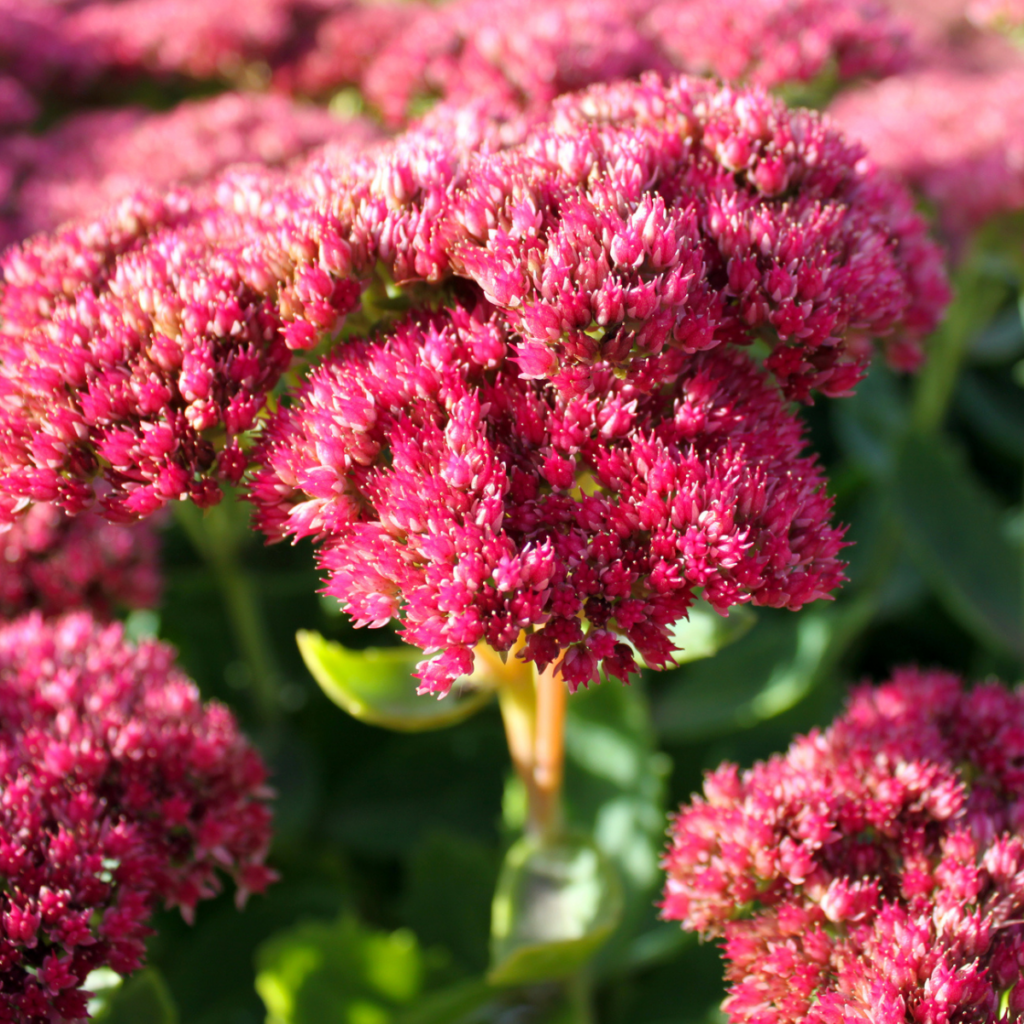Moonbeam Coreopsis: A Gardener’s Guide to Growing This Luminescent Perennial
This post follows our research editorial guidelines.


Moonbeam Coreopsis, with its pale yellow blooms, offers a gentle splash of color that’s ideal for softening garden borders or brightening rock gardens. Revered for its delicate appearance and hardy nature, this plant is not only a great choice for gardeners just getting their feet wet but has also become a staple in many drought-resistant landscapes. the ability of this flower to attract butterflies and bees adds an ecological charm, while its deer resistance ensures it thrives in a variety of settings. It’s one of my favorite perennial flowers and comes in a welcoming mix of colors for you to choose from. 😊

Quickly Find Moonbeam Coreopsis Growing Tips:
Ideal Growing Conditions
Moonbeam Coreopsis thrives in full sun but appreciates partial shade in hotter regions. Giving it a bit of summer shade will helps protect its blooms from the scorching heat, especially if your in a southern region. Moonbeam prefers well-drained loam but can handle the density of clay soils, making it versatile for different garden settings. Once established, its water requirements are minimal which speaks to it’s drought tolerant abilities, a great choice for xeriscaping! This plant flourishes in USDA zones 3-9, tolerating wide ranges of heat and humidity while being able to withstand cold winter months.
Cultivation and Care Tips
Watering: Regular watering is crucial during the initial growth phase to encourage deep root development. Aim to water these plants in the morning to reduce evaporation and prevent moisture-related diseases.
Fertilization: Moonbeam Coreopsis generally does not require fertilization. In fact, too much fertilizer can inhibit its growth, so it’s best to let it flourish naturally. I always add a bit of slow releasing fertilizer that’s low in nitrogen like Bone Meal.
Pruning: To prolong the blooming period make sure you deadhead the spent flowers by simply pinching off any dried out flowers that remain. Alternatively, you can shear the top third of the plants after the first bloom fades can encourage a second flush of flowers.

Propagating Moonbeam Coreopsis
Propagation can be achieved via seeds, cuttings, or crown division:
Seeds: Allow the flowers to mature and dry on the plant. Harvest the seeds by crushing the dried seed heads and store them in a cool, dark place. Sow them directly into the garden in early spring.
Cuttings: Take cuttings in the summer, cutting stems at a 45-degree angle. Strip most leaves and place in a moist medium under direct sunlight until roots develop.
Division: Best done in early spring, divide the rootball into sections and replant them to ensure healthy growth. This can also help manage the plant’s spread if it becomes invasive.
Companion Planting Ideas
When considering companions for Moonbeam Coreopsis, aim for plants that share its growing conditions but vary in color and texture to create an appealing contrast. Here are a few combinations I love to recommend:
Russian Sage (Perovskia atriplicifolia)

Why it’s a great companion:
Height Contrast: Russian Sage can reach heights of 3 to 5 feet, providing a striking backdrop to the shorter Moonbeam Coreopsis. This difference in height helps layer your garden, giving it a fuller look.
Color Harmony: The cool blue of Russian Sage beautifully offsets the warm yellow of Coreopsis, providing a soothing color contrast that is visually appealing.
Similar Care Needs: Both plants are drought-tolerant, love full sun, and thrive in well-drained soil, making garden care simpler and more cohesive.
Sedum ‘Autumn Joy’ (Hylotelephium ‘Herbstfreude’)

Why it’s a great companion:
Textural Contrast: Sedum ‘Autumn Joy’ offers a thick, succulent leaf texture that contrasts sharply with the fine, delicate foliage of Coreopsis. This adds depth and interest to your planting area.
Bloom Timing: While Moonbeam Coreopsis blooms throughout the summer, Sedum ‘Autumn Joy’ starts its display in late summer and continues into fall, extending the garden’s interest into the cooler months.
Robustness: Sedum brings robust health and vitality to the garden, standing up well against pests and diseases, which can help protect more delicate neighbors like Coreopsis.
Lavender (Lavandula)

Why it’s a great companion:
Aromatic and Visual Appeal: Lavender not only adds a splash of purple and silvery green to the palette but also introduces a delightful fragrance that can enhance the sensory experience of your garden.
Pollinator Attraction: Both Lavender and Coreopsis are excellent at attracting bees and butterflies, increasing the biodiversity of your garden.
Growth Requirements: Like Coreopsis, Lavender thrives in full sun and requires well-drained soil, ensuring that both plants can be cared for without additional hassle.
Ornamental Grasses: Blue Fescue (Festuca glauca)

Why it’s a great companion
Movement and Texture: Blue Fescue adds a fine texture with its grassy tufts, creating an interesting contrast to the broader leaves of Coreopsis. The movement of the grass in the breeze can also bring dynamism to your garden.
Color Stabilizer: The blue-green hue of the grass stabilizes and blends the brighter colors of Coreopsis and other flowering plants, acting as a visual anchor in the garden.
Easy Maintenance: Ornamental grasses are generally low-maintenance and share the drought tolerance of Coreopsis, simplifying garden upkeep.Anecdotal Tips for Success
Final Thoughts
In landscapes where water conservation is a priority, Moonbeam Coreopsis stands out as a champion. Its long blooming season, combined with low maintenance needs, makes it a go-to for gardeners just starting out and seasoned green thumbs looking for lasting impact with minimal fuss.



Before you go!
11 Plants With Year-Round Flowers – Enjoy Gardening in Full Bloom
11 Perennial Flowers That Bloom All Summer Long
15 White Flowering Perennials For Elegant Gardens
11 Fall Blooming Perennials for Your Garden (Fall Flowers Perfect For Autumn)